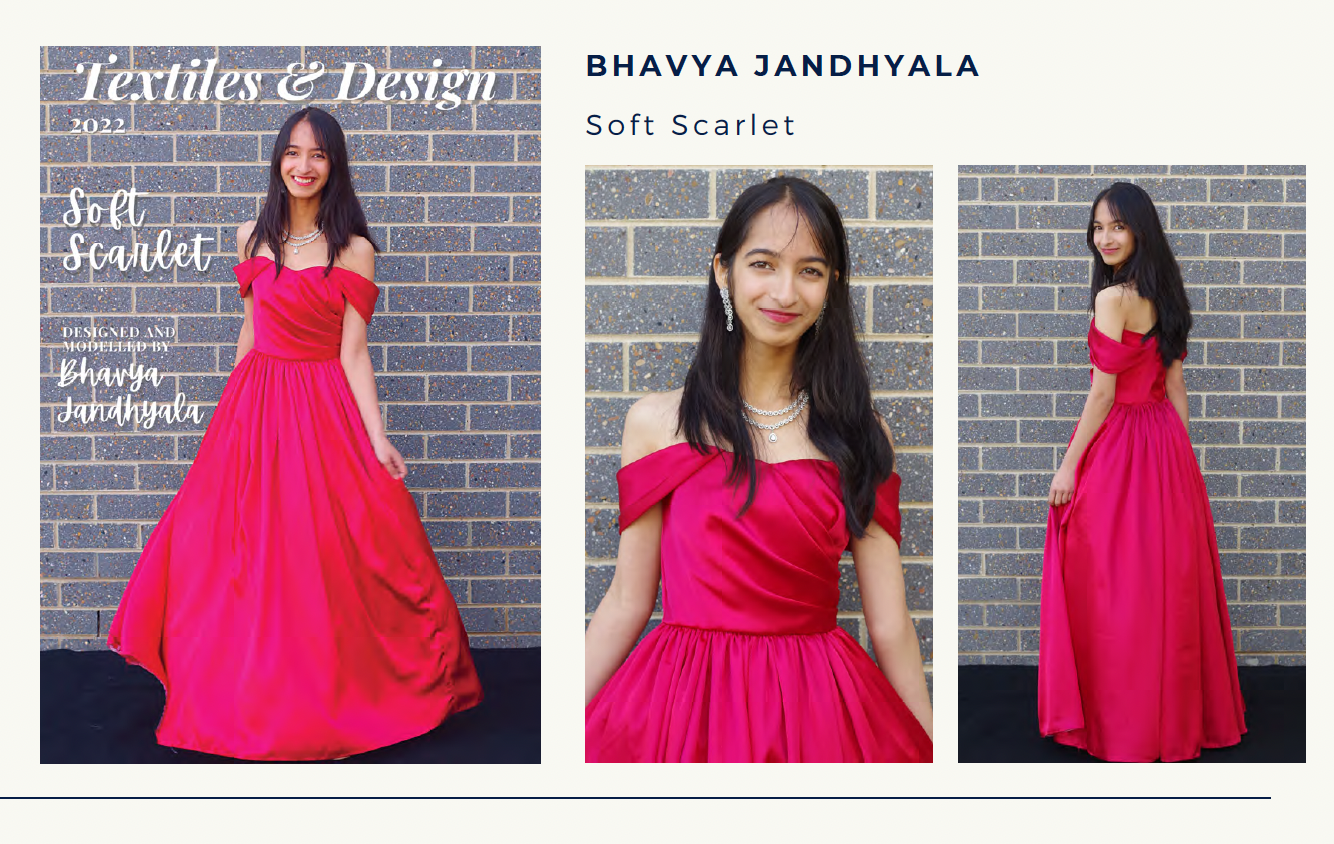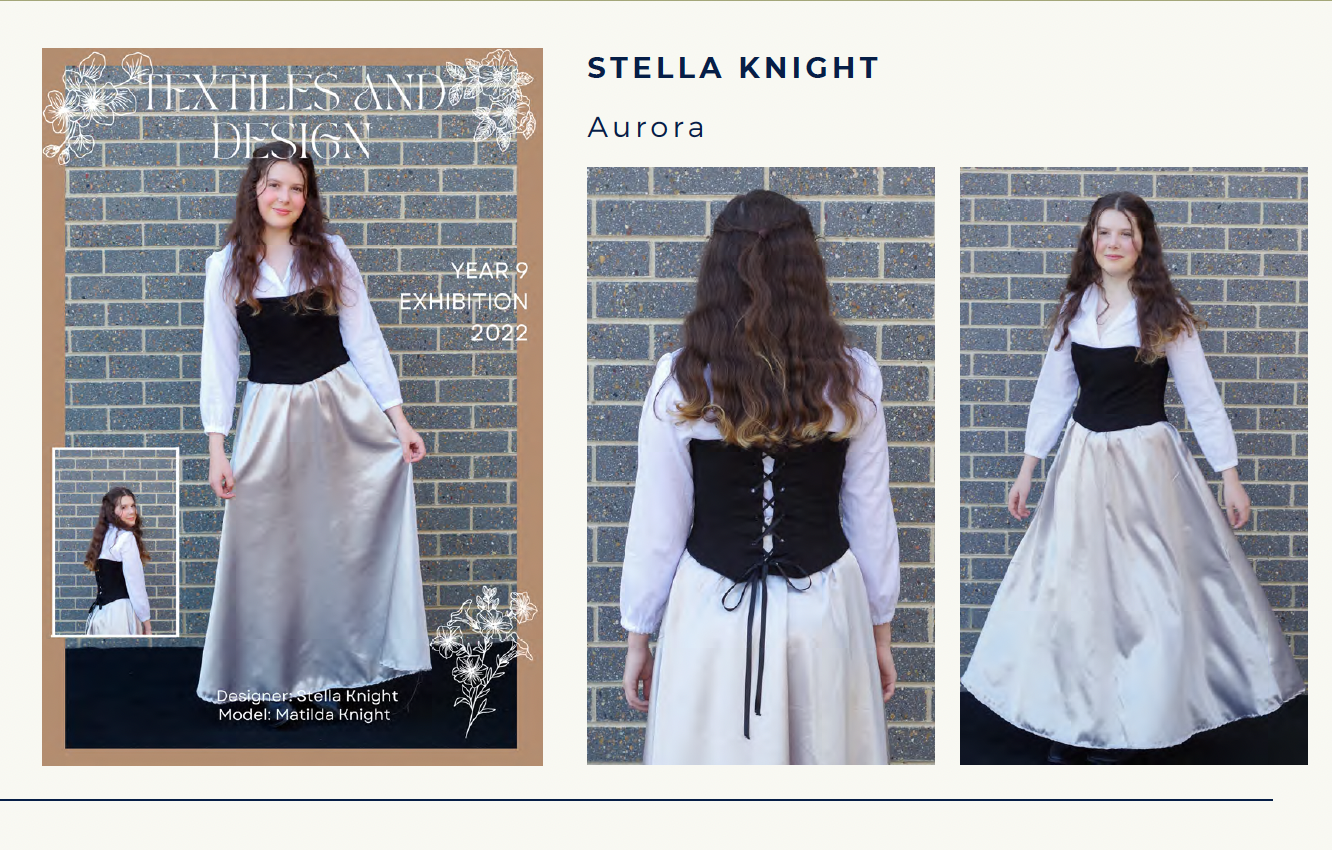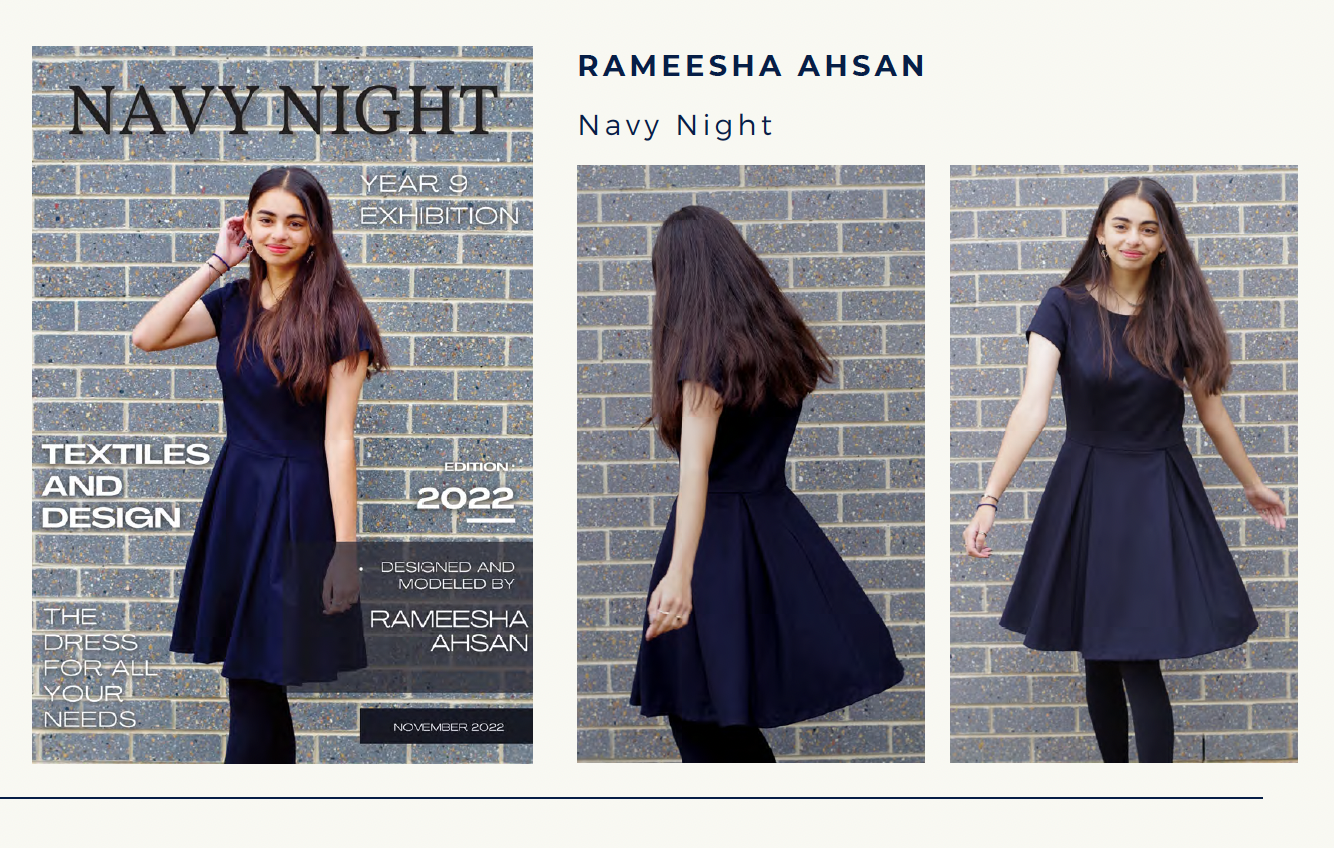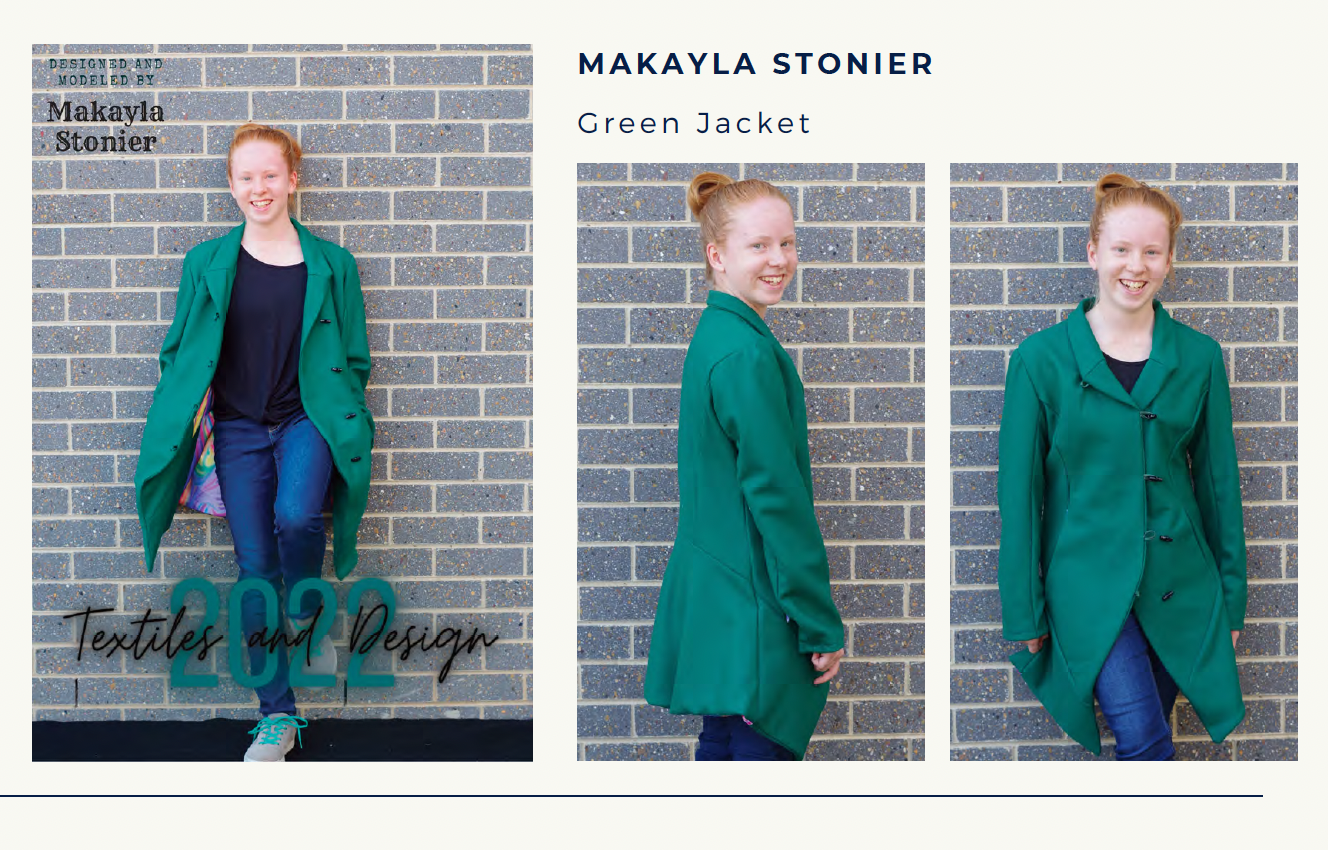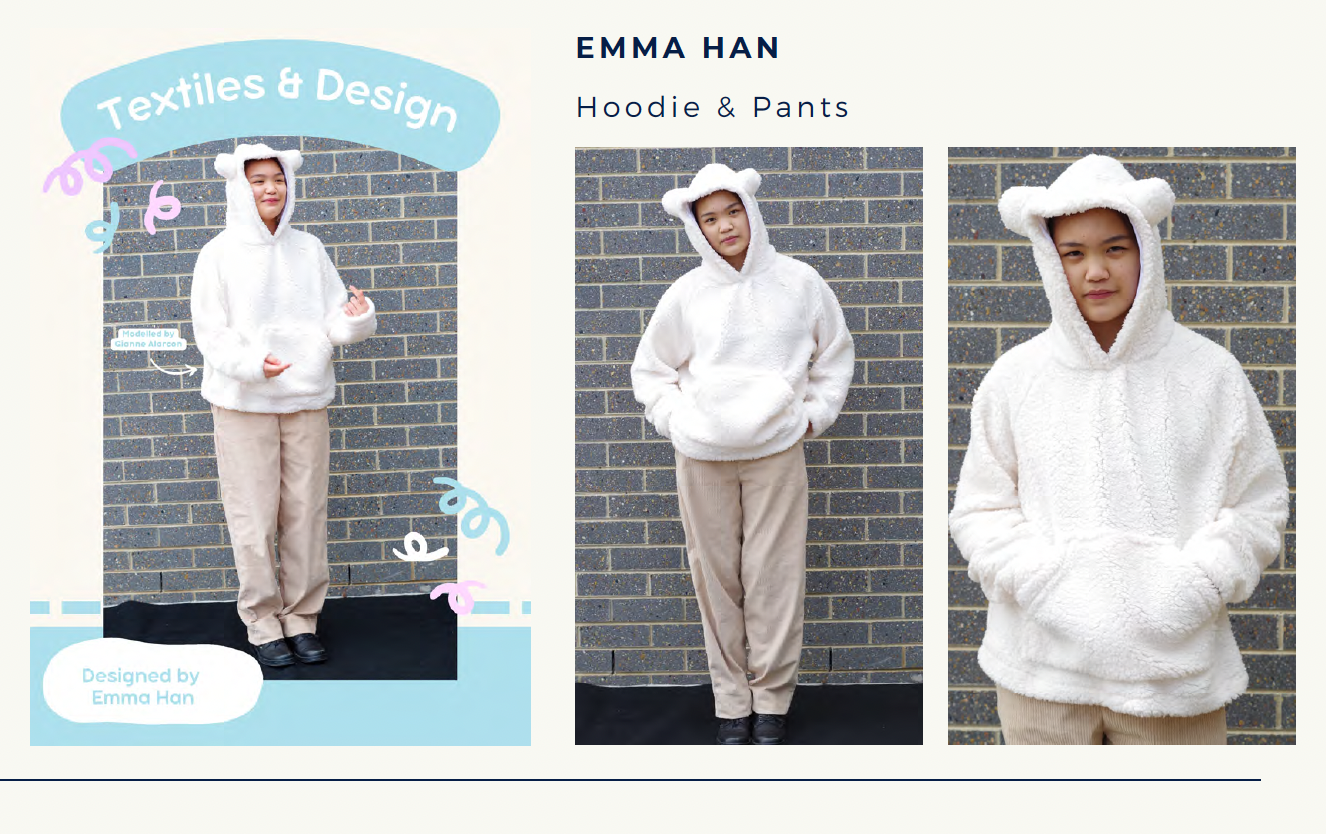Students will understand that new skills are needed for the creation of different products. Students new to textiles are introduced to the basics of textiles and design, whereas those who took studied textiles and design in year 7 and 8 are improving their understanding and skills in the area. Students continue their learning about various pieces of textiles equipment and how to use them in practice, expanding on the complexity of equipment used in year 7 and year 8. Students will demonstrate being open-minded as their appreciation for design processes evolve and expand in many directions whilst learning new techniques and expressing contemporary ideas.
Unit 1: Skills
Students will undergo a variety of skill building lessons to develop more complex skills for the Product Design unit later in the year. Skills included in this unit include: different types of seams; hems & casings; buttons & buttonholes; basting & stay stitching; gathering & ease stitching; clipping & notching curves; top stitching & under stitching; and, darts. Students become inquirers by investigating different techniques to create and design textiles products. Students will then design and create a bucket hat, in which they will apply some of these skills, as well as learning new skills, including using the ironing press to fuse interfacing to fabric. This unit enables students to develop skills to confidently and independently follow instructions, and create their own textiles products, which leads to investigating, designing, producing and evaluating their work.
Unit 2: Product Design
Students complete a self-managed project based on the VCE Product Design and Technology framework. The purpose of this project is for students to reflect on their skills and understanding of Textiles and Design, and use their prior knowledge and experience and apply these in a more sophisticated manner to design and create their own textiles product for a client. Students will analyse their previous work as well as the work of other designers to extend their higher-order thinking skills. They will continuously evaluate their work in progress in order to ensure they achieve their desired results, pushing their limits and comfort zone in order to create towards VCE standards. During this project, students will understand that developing a detailed design brief is imperative for the work of a designer through an inquiry into the importance of establishing and defining a client profile or end-user in order to create a product that meets their client’s needs. Under the Global Context of Personal and Cultural expression, students will explore how the needs, wants, fashion sense and body measurements of their client is integral to understand in order to develop an excellent design brief. Students will also learn how to work within a strict budget, and investigate different fabrics and notions that could be used within that budget. They will need to plan ahead in order to ensure their budget fits in with the design brief and results in a product that meets the client’s needs.
Students will apply the knowledge and practical skills gained in previous units to address their design brief and will investigate a variety of fabrics made from natural, synthetic and regenerated fibres. They are continuing to understand that there are various markings and symbols included in dressmaking patterns, and each has a precise meaning and function for sewing. The application of these markings and symbols need to be understood and applied throughout their work. During the course, students will concentrate on organisation and self-management skills throughout their approaches to learning. They will be reflective in the evaluation of their learning process and the ideas they communicate through their work. Students will work collaboratively offering encouragement, and formative feedback to their peers, whilst graciously receiving feedback on their work.




